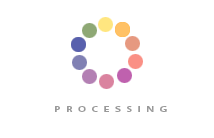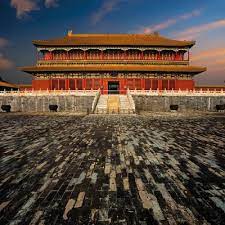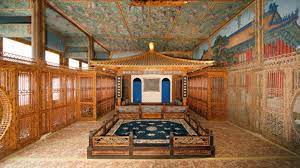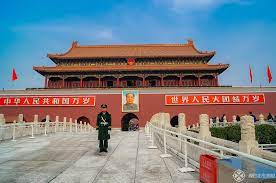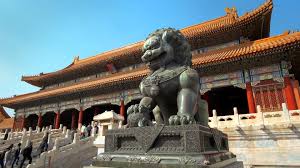
Forbidden City
Delhi
Forbidden City Itinerary
Day 1: Arrival in Beijing Morning:
Arrive in Beijing and check into your accommodation, preferably in the city center. Afternoon: Visit Tiananmen Square, one of the largest public squares in the world and a symbol of modern China. Explore landmarks such as the Monument to the People's Heroes, the Great Hall of the People, and the National Museum of China. Evening: Enjoy dinner at a local restaurant, sampling Beijing cuisine specialties such as Peking duck, dumplings, and noodles. Take a leisurely stroll around Wangfujing Street, a bustling shopping area known for its food stalls, souvenir shops, and traditional snacks.
Day 2: Forbidden City Exploration Morning:
Visit the Forbidden City, also known as the Palace Museum, a UNESCO World Heritage Site and one of China's most iconic landmarks. Explore the vast complex of palaces, halls, and courtyards that once served as the imperial palace during the Ming and Qing dynasties. Highlights include the Hall of Supreme Harmony, the Hall of Preserving Harmony, and the Palace of Heavenly Purity. Afternoon: Continue your exploration of the Forbidden City, visiting exhibitions on imperial treasures, artifacts, and historical artifacts. Climb to the top of Jingshan Park for panoramic views of the Forbidden City and Beijing's skyline. Evening: Attend a traditional Chinese opera performance at the Liyuan Theater or the Forbidden City Concert Hall, featuring classical music, dance, and theater performances.
Day 3: Cultural Immersion Morning:
Visit the Temple of Heaven, a UNESCO World Heritage Site and one of Beijing's most important religious landmarks. Explore the Hall of Prayer for Good Harvests, the Imperial Vault of Heaven, and the Circular Mound Altar. Witness locals practicing tai chi, calligraphy, and traditional music in the park. Afternoon: Explore the hutongs (traditional alleyways) of Beijing's historic neighborhoods, such as Houhai, Nanluoguxiang, and Dashilar. Take a guided rickshaw tour or walk through the narrow streets, visiting traditional courtyard homes, local markets, and hidden temples. Evening: Enjoy a traditional Peking opera performance at the Mei Lanfang Grand Theater or the Liyuan Theater, featuring colorful costumes, acrobatics, and martial arts.
Day 4: Outdoor Activities and Departure Morning:
Take a day trip to the Great Wall of China, one of the New Seven Wonders of the World and a UNESCO World Heritage Site. Visit a section of the wall such as Mutianyu, Badaling, or Jinshanling, and hike along the ancient fortifications, taking in breathtaking views of the surrounding countryside. Afternoon: Return to Beijing and visit the Summer Palace, a UNESCO World Heritage Site and a masterpiece of Chinese landscape garden design. Explore the palaces, temples, pavilions, and gardens surrounding Kunming Lake, and take a boat ride on the water. Evening: Transfer to Beijing Capital International Airport for your departure, taking with you memories of your time exploring the Forbidden City and the cultural richness of Beijing.
Our Tour Details
-
Pick-up and DropDelhi
-
Duration3N/4D
-
Starting Price₹/-
Frequently asked Questions:
The Forbidden City, also known as the Palace Museum, is a historic palace complex located in the heart of Beijing, China. Can you provide more details about its features and historical significance?
Explore the origin of the name "Forbidden City" and the historical reasons behind its designation as a forbidden or exclusive imperial palace.
Offer insights into the construction history of the Forbidden City, including the period it was built and the dynasties involved in its construction.
Describe the architectural features and style of the Forbidden City, including traditional Chinese elements and any distinctive characteristics.
Provide information about the size and scale of the Forbidden City, including the number of buildings, halls, and the overall layout of the palace complex.
Explore the historical significance of the Forbidden City as the imperial palace of the Ming and Qing dynasties, and its role as the political and ceremonial center of China.
Discuss whether the Forbidden City is open to the public, and if visitors can explore the various halls, courtyards, and exhibitions within the palace complex.
Highlight the key attractions and cultural artifacts within the Forbidden City, such as the Hall of Supreme Harmony, the Palace of Heavenly Purity, and the Imperial Garden.
Provide details about any entrance fees or ticket pricing for accessing the Forbidden City, including information on discounts for different age groups.
Offer information about transportation options for visitors traveling to the Forbidden City, including nearby subway stations, bus routes, or other means of access.
